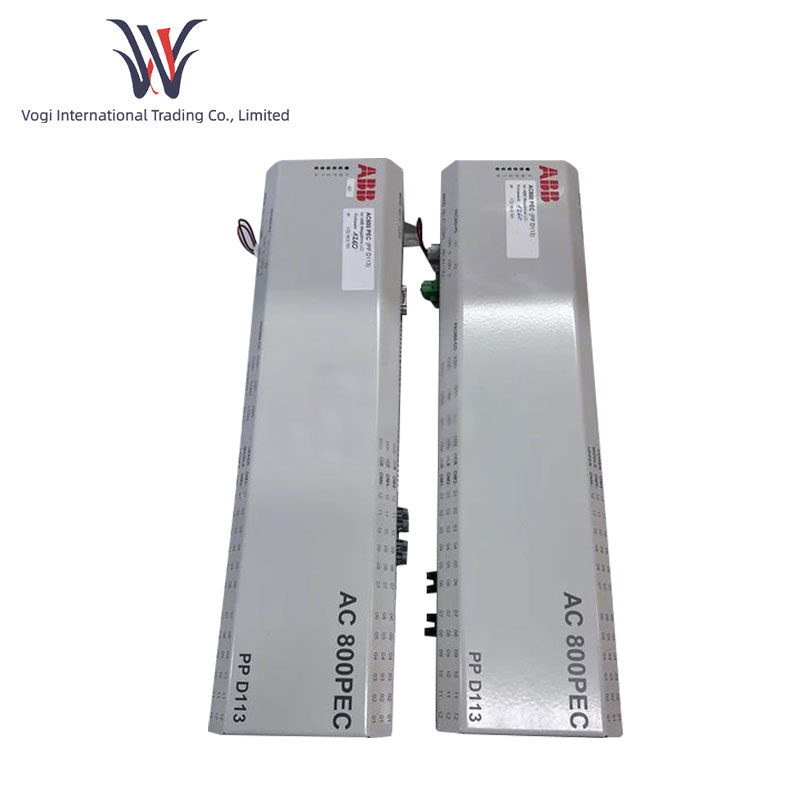Advanced Insights into Digital Input Modules: Types, Configurations, and Challenges
2024-12-12
Digital input modules are pivotal in bridging the gap between physical devices and digital control systems. In this blog, we’ll dive deeper into their types, configurations, and the challenges faced in their implementation.
Types of Digital Input Modules
1. Sinking and Sourcing Modules:
- Sinking (NPN): The device provides a path to ground for the current.
- Sourcing (PNP): The device provides the current to the load.
2. AC vs. DC Input Modules:
- AC Modules: Used for devices operating on alternating current, typically for high-power applications.
- DC Modules: Preferred for low-power and high-speed systems.
3. Optically Isolated Modules: These modules use optical isolation to prevent electrical noise and surges from damaging the control system.
Configuring a Digital Input Module
1. Voltage Levels: Ensure the module’s voltage rating matches the external devices.
2. Input Filtering: Use filters to eliminate noise from fluctuating signals.
3. Addressing: Assign unique addresses for each module to facilitate communication with the controller.
Challenges and Solutions
1. Noise and Interference: Digital signals are susceptible to electrical noise, which can cause false readings. Shielded cables and filters help mitigate this.
2. Signal Delays: High-speed operations may experience delays due to processing time. Opt for high-speed modules where required.
3. Compatibility Issues: Ensuring compatibility between the module and connected devices is crucial. Always verify specifications before integration.
Future Trends in Digital Input Modules
With the rise of Industry 4.0, digital input modules are evolving to include:
- Smart Features: Enhanced diagnostics and self-monitoring capabilities.
- IoT Integration: Seamless connectivity with IoT platforms for real-time data analysis.
- Increased Miniaturization: Compact designs to save space in control panels.
Digital input modules are more than just signal converters; they are critical enablers of automation and intelligent systems. Understanding their types, configurations, and challenges ensures effective deployment in various industries. As technology advances, these modules will continue to play a central role in shaping the future of automation and control systems.



